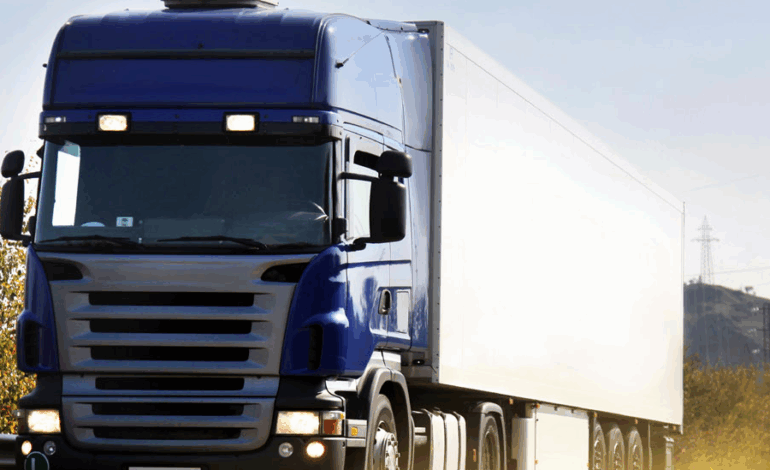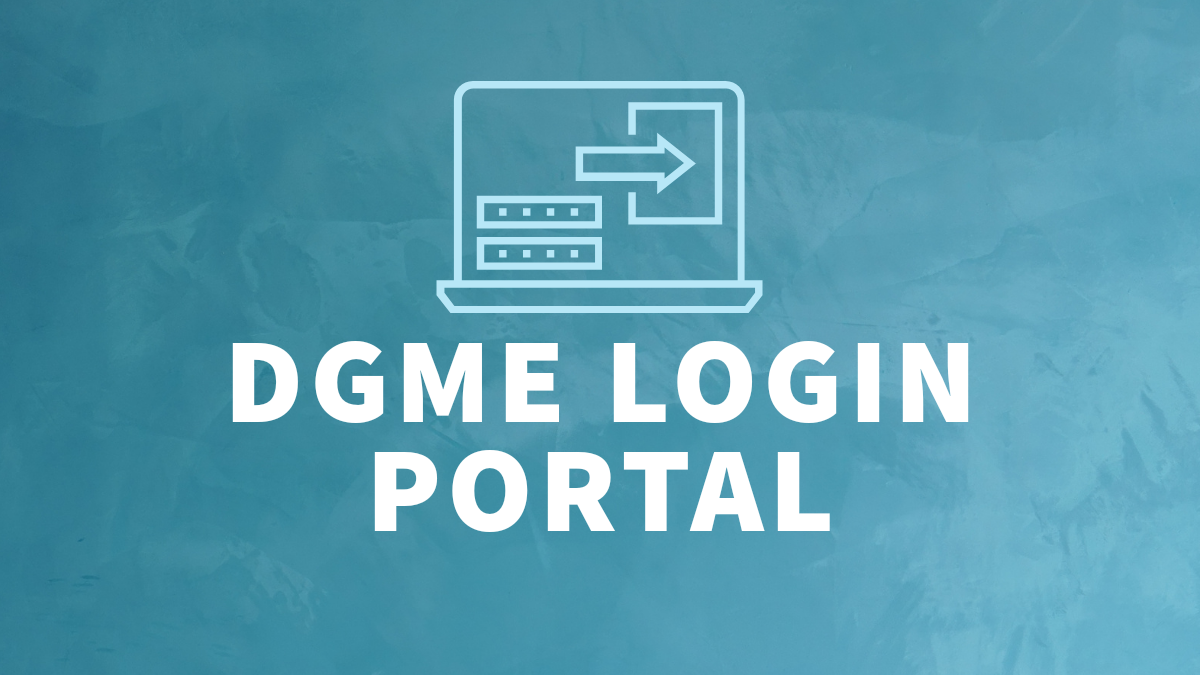
In the hyperconnected world, technology isn’t just shaping how people communicate or shop—it’s fundamentally changing how they move. From booking flights in a few taps to tracking deliveries in real time, digital convenience has transformed transportation into a smoother, more transparent experience. Nowhere is this shift more visible than in the vehicle transport industry, where digital tools are redefining how individuals and businesses relocate their cars, vans, and motorcycles across the country.
From Phone Calls to Clicks
The rise of online transportation platforms has simplified a process that was once cumbersome and fraught with uncertainty. Instead of relying on phone calls, vague estimates, or unclear timelines, users can now compare quotes, check company reviews, and schedule transport with confidence—all from their phone or laptop. This transparency not only helps people find the best value but also builds trust between customers and providers.
Tech Tools Driving Change
What’s fueling this digital transformation? A combination of real-time tracking, automated pricing algorithms, and user-friendly platforms that prioritize convenience and flexibility. Customers expect quick updates and precise delivery windows, and companies are responding with GPS-enabled services and dynamic logistics software. Whether you’re relocating across the UK or purchasing a classic car online, this new level of visibility provides peace of mind that was hard to come by in the past.
Smart Solutions at the Local Level
One notable example of this digital evolution can be seen in regional services, such as Gloucestershire vehicle transportation. These services enable users to connect directly with transport providers operating in specific areas, ensuring a streamlined, localized approach to moving vehicles. With just a few clicks, you can arrange safe, insured transport—no matter the type or size of the vehicle.
Benefits for Businesses and Individuals
For businesses, especially those in e-commerce or auto sales, this digital infrastructure offers massive operational advantages. It enables faster turnaround times, wider geographic reach, and improved customer satisfaction. Fleet managers and dealerships can monitor vehicle movements, schedule multi-car deliveries, and communicate with drivers through one centralized system. The efficiency gain is not just logistical—it’s also financial.
Individuals, too, are benefiting from these changes. Moving to a new city? Buying a secondhand car from a different region? There’s no longer a need to take time off work or make long, stressful drives. Instead, transport can be arranged quickly and affordably, freeing up time and reducing the risks of wear and tear or accidents.
The Road Ahead
Looking ahead, the transport sector is likely to grow even more intelligent. With the integration of AI and machine learning, predictive analytics will help companies anticipate delays, optimize routes, and reduce emissions. We may even see greater use of electric vehicle carriers or automated scheduling based on user behavior patterns.
Conclusion: Smart Transport for a Connected World
Ultimately, navigating transport in a connected age means making smarter, faster, and more sustainable choices. Whether you’re moving a single car or managing a fleet, digital life isn’t just making things easier—it’s setting new standards for reliability and control. The road ahead is digital, and for both individuals and businesses, that’s a move worth embracing.








